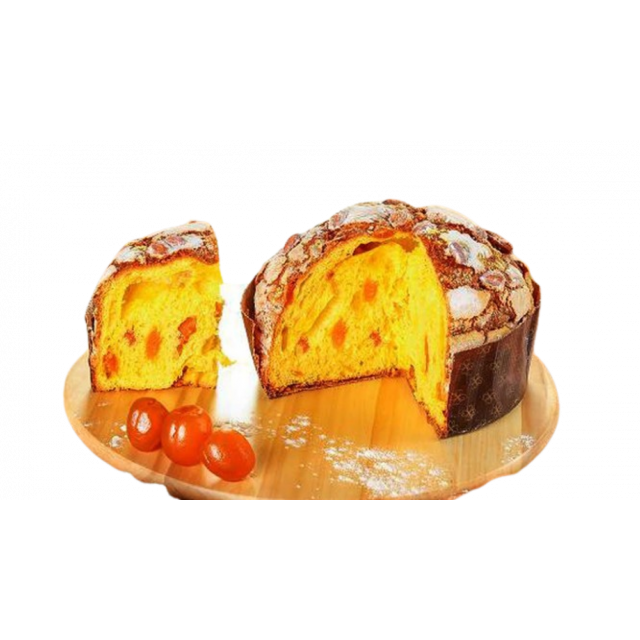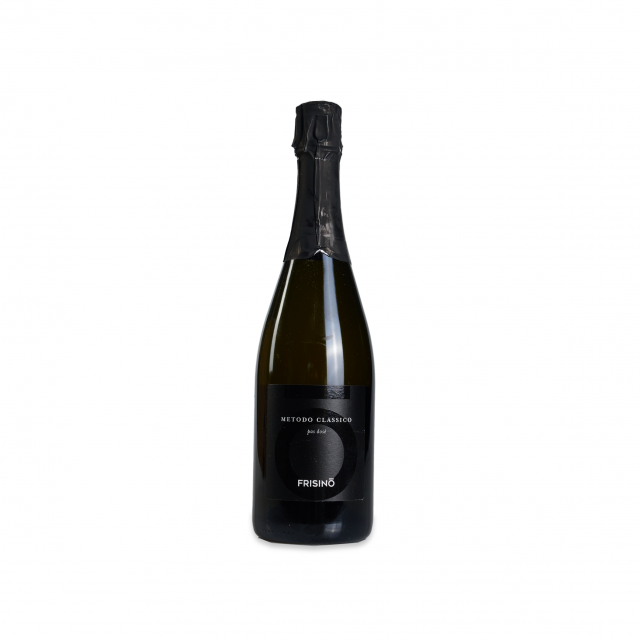Dark Chocolate
The Timeless Appeal of Dark Chocolate
Discover its history, benefits, and curiosities with Devoro’s high-quality selection.
Start Your Journey1. Introduction: why does dark chocolate fascinate everyone?
Dark chocolate has always been considered a special treat, beloved by connoisseurs for its intense, authentic flavor. Unlike other varieties, it contains a significantly higher percentage of cocoa (generally between 50% and 99%) and less sugar, making it ideal for those seeking a bold taste and potential nutritional benefits.
In this guide, we’ll explore how to identify a high-quality dark chocolate, its positive effects on the body, and how Devoro carefully selects the best products to offer a truly unique flavor experience.
2. History and curiosities about dark chocolate
The origins of dark chocolate trace back to ancient Maya and Aztec civilizations, which consumed a bitter beverage made from cacao. After the Americas were discovered, cacao was brought to Europe, where it was first turned into a sweetened drink and eventually developed into solid bars. Dark chocolate has always kept its reputation as “chocolate for aficionados” thanks to its pronounced taste and high cocoa content.
Research on cocoa’s properties has shown that the flavonoids in cocoa may offer antioxidant effects, helping the body fight oxidative stress. Unsurprisingly, there has been a renewed interest in dark chocolate in recent years, appreciated for its intense flavor and potential health benefits.
3. Types of dark chocolate and potential benefits
When discussing dark chocolate, we can distinguish several types based on:
- Cocoa percentage: ranging from 50% up to 99%. The higher the cocoa, the more pronounced and bitter the taste.
- Blend or single-origin: blends mix cocoa beans from different areas, while single-origin bars highlight the distinctive aromas of a specific plantation.
- Processing: artisanal methods (longer conching, fewer additives) vs. industrial (faster, more standardized processes).
The most frequently mentioned benefits relate to the antioxidant and mineral content (such as magnesium, iron, and potassium), as well as the potential positive impact on mood and blood pressure (when enjoyed in moderation). However, dark chocolate is still a caloric food, so it’s best to incorporate it into a balanced diet.
4. How to use dark chocolate in the kitchen
Dark chocolate can be incorporated into countless recipes, not only sweet but also savory. Here are a few ideas:
- Classic desserts: mousse, chocolate cake, ganache, brownies.
- Savory pairings: in certain exotic cuisines (for instance, Mexican “mole”), dark chocolate enriches meat-based sauces.
- Tasting on its own: to fully appreciate its aromatic notes, try it in small pieces, perhaps alongside coffee or a fine spirit.
For optimal preservation, store it in a cool, dry place (59–64°F / 15–18°C), away from direct light or heat sources, avoiding abrupt temperature changes.
5. The role of Devoro: how we select and offer dark chocolate
At Devoro, our passion for dark chocolate leads us to tirelessly search for artisanal producers and premium ingredients, ensuring only the finest products:
- Transparent supply chain: we choose cocoa that’s sustainably cultivated, guaranteeing full traceability.
- Diverse cocoa percentages: from around 50% up to 90% and beyond, satisfying every taste preference.
- Exclusive collaborations: artisans who process beans with traditional methods, preserving cocoa’s natural aromas.
- Specialized advice: guides, detailed descriptions, and support to help you find the perfect dark chocolate.
6. Practical tips and FAQ about dark chocolate
1. Is dark chocolate healthy?
When consumed in moderation, thanks to its antioxidants and nutrients, it may have positive effects. However, it remains a calorie-dense food, so it should be included in a balanced diet.
2. What’s the difference between cocoa and dark chocolate?
Cocoa is the raw material obtained from the seeds of the cacao tree, while dark chocolate is a processed product made by combining cocoa mass, cocoa butter, sugar, and often other ingredients.
3. Why are some dark chocolates more bitter than others?
It depends on the cocoa percentage used and the types of beans involved. The higher the cocoa content, the stronger and more bitter the flavor.
4. How do I melt dark chocolate without burning it?
The best method is the double boiler (bain-marie): heat water in a saucepan over low heat, break the chocolate into pieces, and place them in a metal or heatproof glass bowl set above the saucepan (with no direct contact with water). Stir gently until fully melted.
Let yourself be conquered: a journey through cocoa’s flavors
The world of dark chocolate is full of nuances: intense notes, deep aromas, and a lingering taste that delights real chocolate enthusiasts. Recognizing a high-quality dark chocolate and appreciating its origin and production is the first step toward a genuine tasting experience.
Discover how Devoro can guide you through this journey of unique fragrances and flavors, thanks to a carefully curated selection of artisanal chocolates designed for true connoisseurs and for anyone who wants a moment of delicious indulgence.
Taste Our Selection


